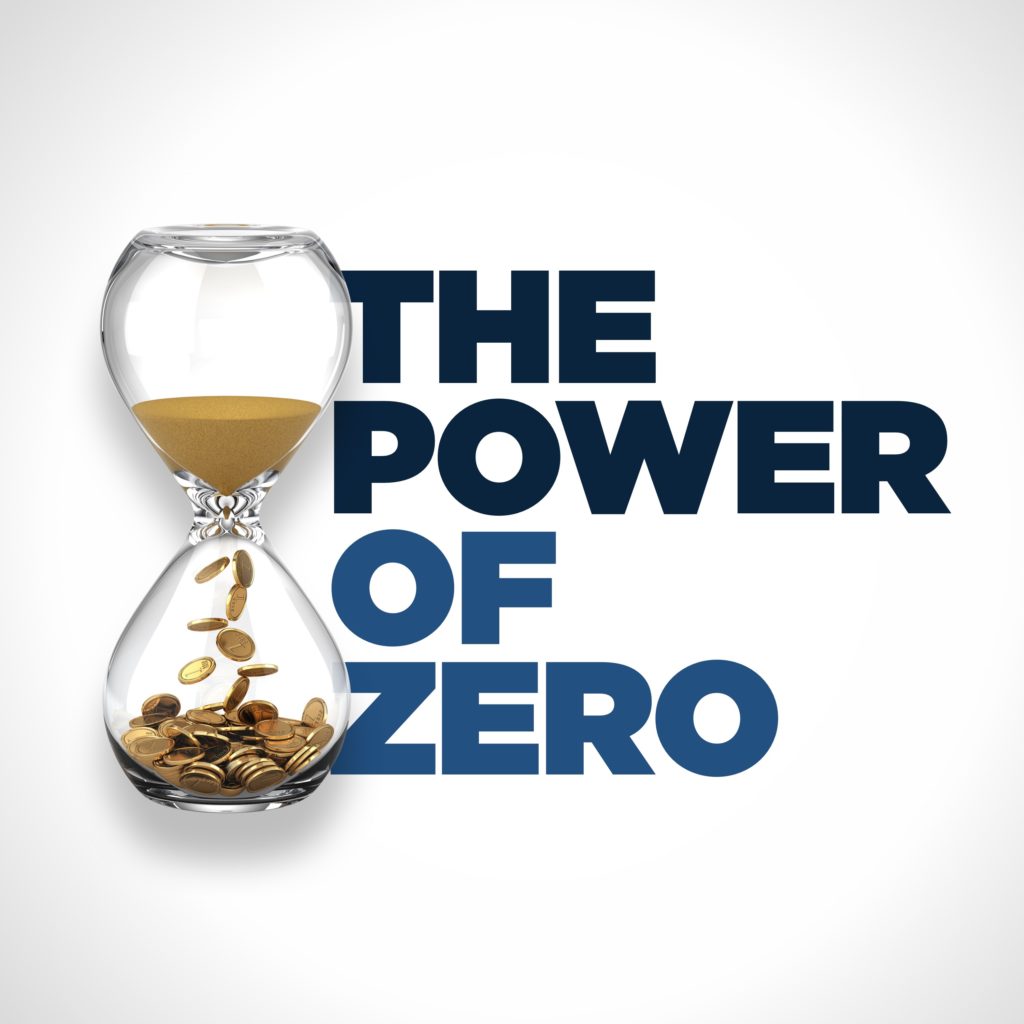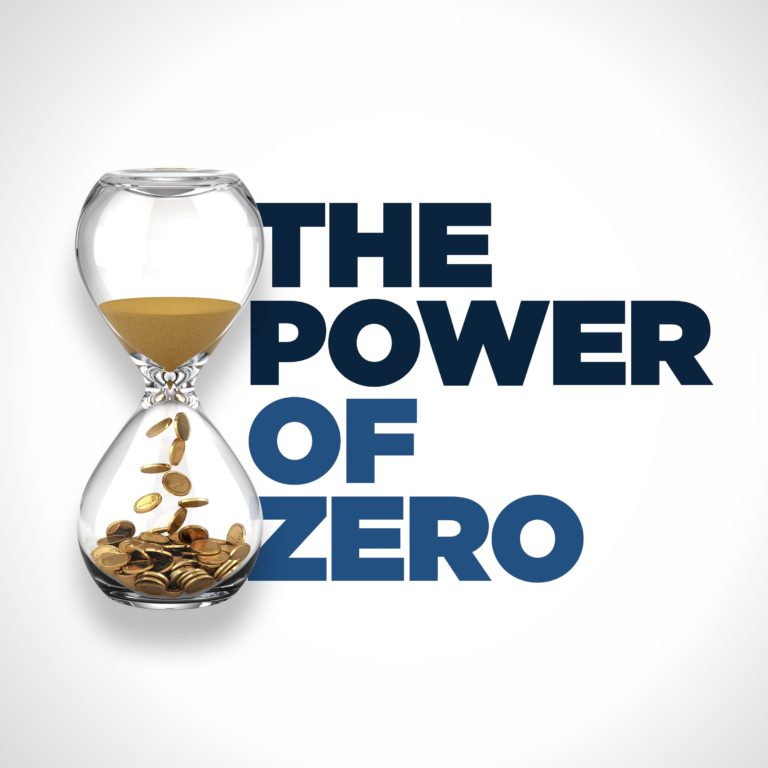The 4% rule says there is a percentage that you can withdraw from your assets once you hit retirement, and still have a reasonable expectation that your money will not run out before you die.
The industry runs Monte Carlo scenarios where they look at your stock allocations and run simulations, to see the likelihood of your money outlasting you.
They have determined that if you have a 60% stock allocation, you have an 85% chance that your money will last through your retirement, as long as you stay around the 4% withdrawal number.
If you are constrained by the 4% rule, you have to save a lot more money than someone constrained by a 5% or 6% rule.
Let’s say you want to live on $100,000 a year in retirement, and you don’t want the money to run out before you die. You need to have $2.5 million accumulated before you hit retirement.
If you’re not on track to hit your number, you basically have five options: save more, spend less, work longer, die sooner or take more risk in the stock market.
The biggest factor in the 4% rule is something called ”sequence of return risk.” In the first ten years of your retirement, you will experience 2-4 down years. If you are relying on your stock market portfolio to fund your lifestyle, taking money out in the down years is brutal for your portfolio.
You are removing the worker dollars that are funding your retirement from your portfolio completely.
Studies show that if you take out too much money during those down years, you can run out of money 15 to 20 years faster than someone who didn’t experience those down years.
Without the 4% rule, you can send your portfolio into a death spiral from which it will never recover. If you can only take out 4%, you can weather those down years during the first ten years and still have a high chance of your money outlasting you.
The basic premise behind the volatility buffer is you take money during your working years that would have gone into the stock market, and you set it aside and earmark it for those down years in early retirement.
If you can get three or four years accumulated, you can dramatically raise the withdrawal rate that you can take out of your stock market portfolio.
The Volatility Buffer has to have a couple of attributes. You can’t just take four years of lifestyle money out your stock market portfolio and stick it into a savings account.
Your Volatility buffer has to be safe. If it’s correlated to the stock market, you haven’t really fixed the problem. It also has to be productive because there will be a massive opportunity cost of not allowing that money to grow in your stock market portfolio.
It also has to be tax-free. You won’t be able to fund two to four years of lifestyle if you have to give 50% of the money to the IRS.
The Volatility Buffer has to be in place before you hit retirement. You have to pack your bags before you go on vacation!
In a perfect world you have unlimited contributions you can make and no income limitations. Avoid things like the Roth IRA because they could be constrained by how much you can put in. The Life Insurance Retirement Plan is a good fit.



